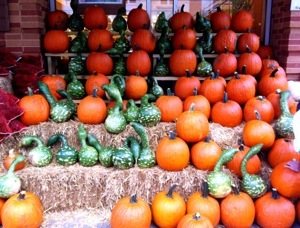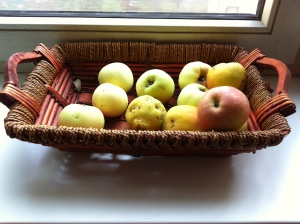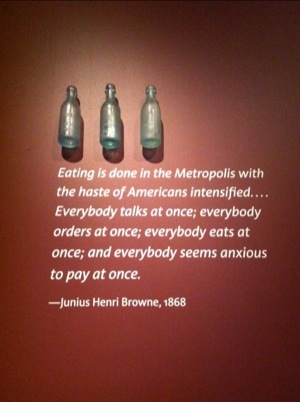As I wrote in my previous post (and in a few others these past months…), I’m in the middle of my dissertation writing. One of the best thing about doing this is all the reading that I get to do. I have come across so much interesting literature and I wanted to share three very good reports with those of you who are interested in better understanding where our agro-food systems come from, where we are today, and where we are heading vs. where we need to go.
The State of Food and Agricuture 2000: The 2000 issue of FAO’s annual report SOFA gives a good summary of the growth of global agriculture in the 20th, which only over a fee decades multiplied yields and grew beyond that of population. The report is surprisingly silent on the agricultural policies that to a large extent drove this growth but also distorted markets, but if keeping this in mind, it explains well what impact modernization of agriculture had on those who couldn’t keep up in quantity focused production systems.
Food and Agriculture: The fiture of Sustainability is a new study published by the UN that gives a good overview of the environmental impacts from the agro-food systems that we developed in the 20th century and why they are not sustainable. The study also suggests alternative paths for future food systems in order to cope with an increasing population, climate change, and nutritious diets.
The State of Food Insecurity in the World 2012: This year’s issue of FAO’s annual publication SOFI gives a good overview of the changes in diets that are taking place all over the world, or the nutrition transition as it is called. (This is also the topic of my dissertation.) This transition is partly good, i.e. the shift to more diversified diets is essential for food security in many parts of the world. However, many times, this also means diets that are higher in salt, sugars, and saturated fat, which has negative health implications. Similarly, the shift to more animal-sourced and often more processed foods has implications for the environment. It gives a good overview of where global food consumption is heading. It is up to you to determine if you think this is realistic or if we all need to make changes.
 Pumpkins again, this time from Whole Foods
Pumpkins again, this time from Whole Foods





 Pumpkins again, this time from Whole Foods
Pumpkins again, this time from Whole Foods








